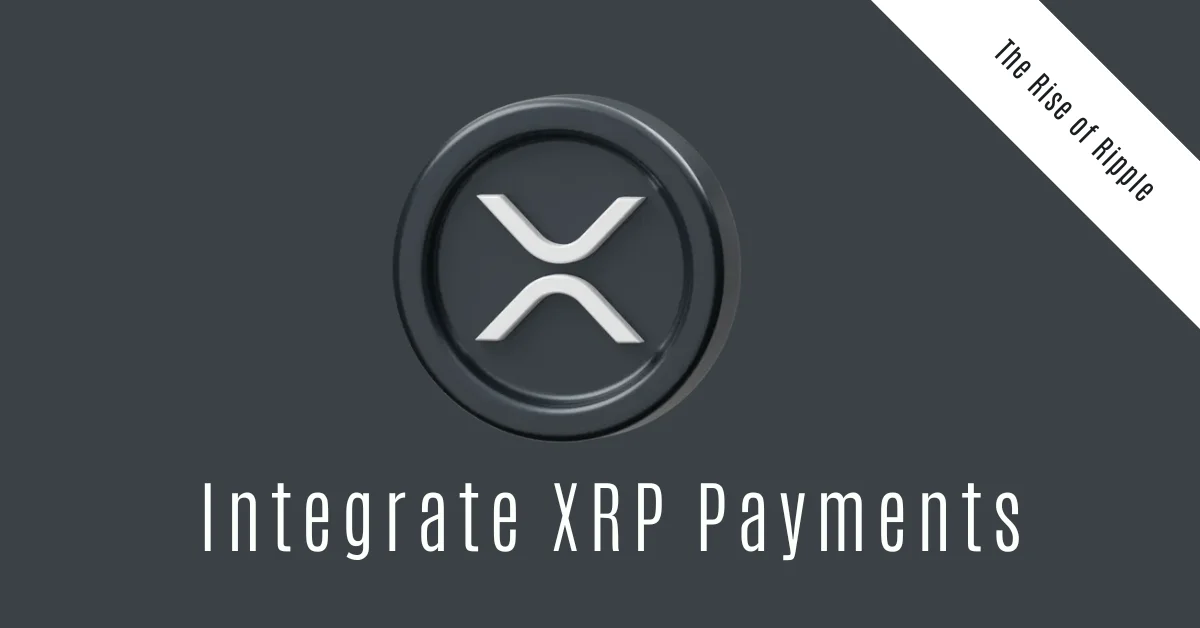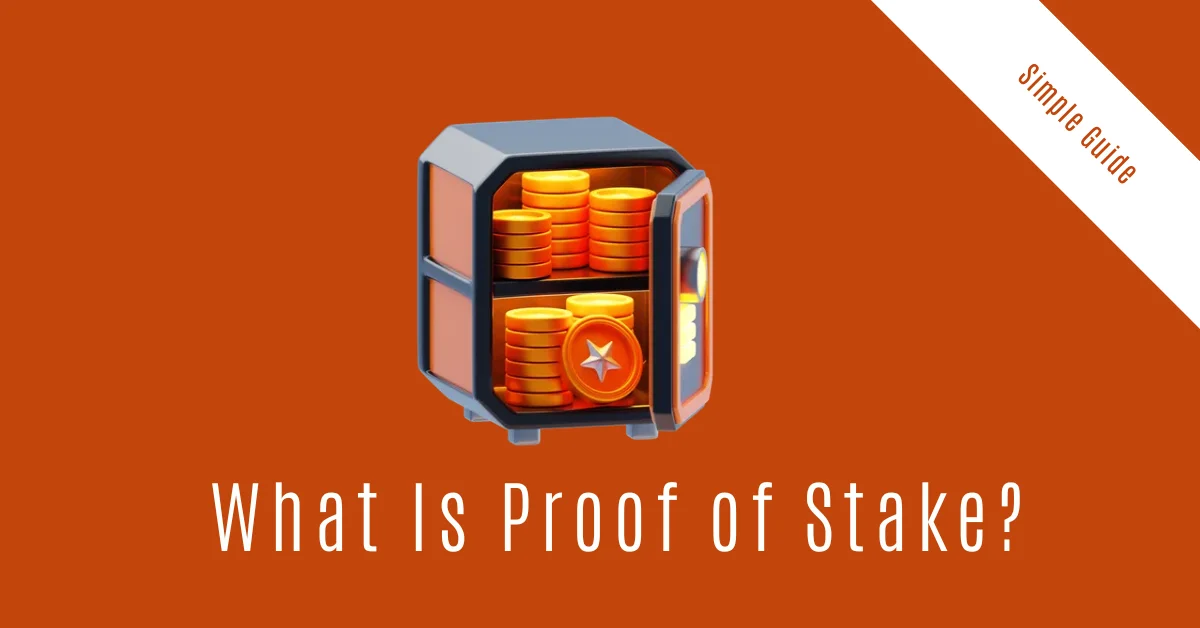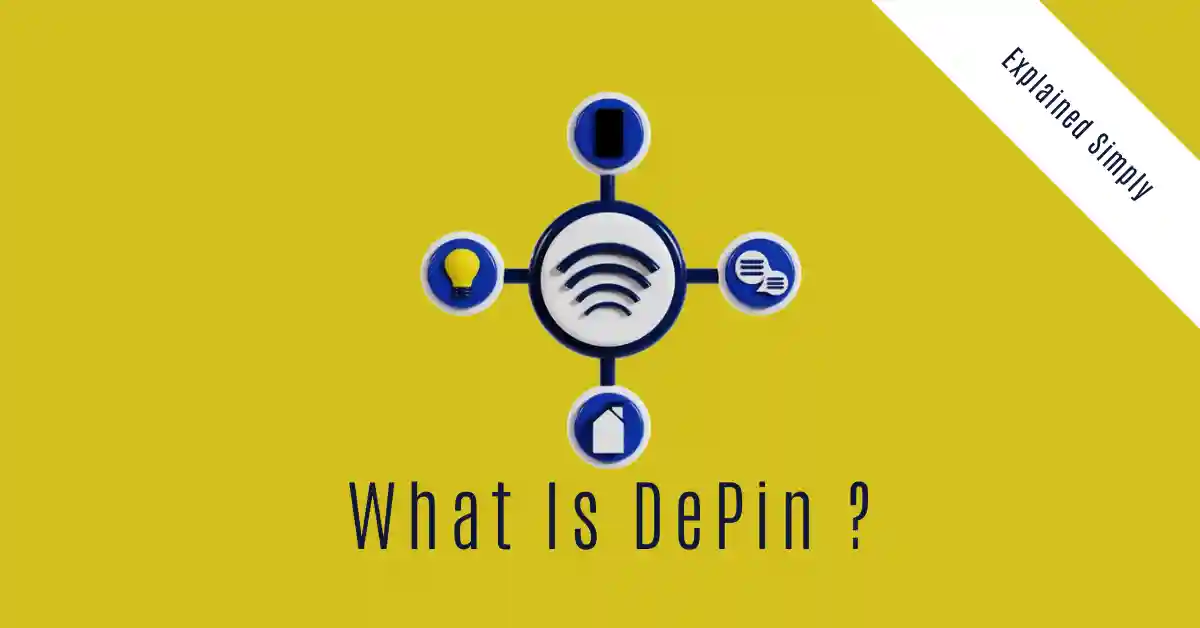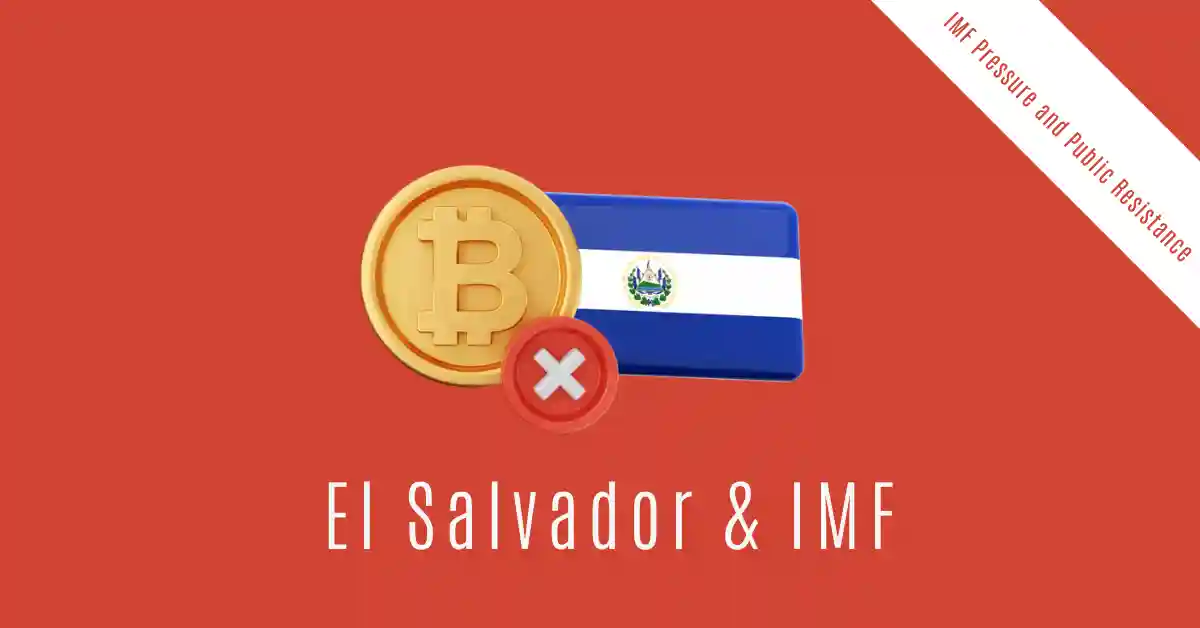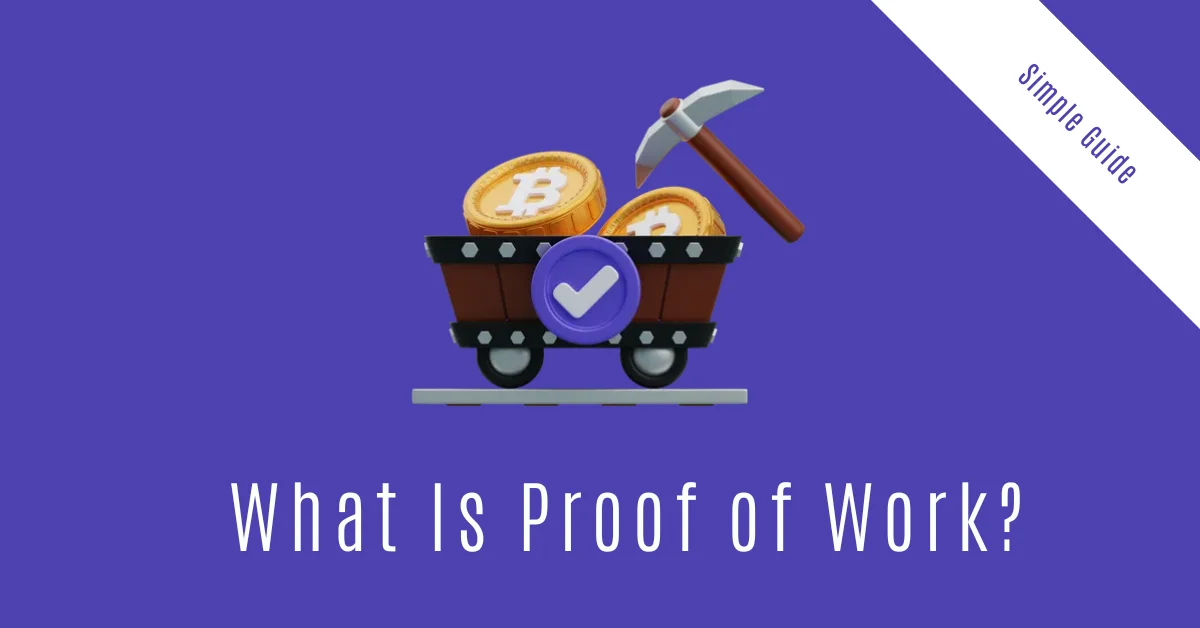
Proof of Work (PoW) is the backbone of Bitcoin and the oldest consensus mechanism in blockchain technology. It’s the ingenious system that enables decentralized networks to agree on transaction validity without trusting a central authority—while ensuring security, immutability, and resistance to attacks.
But how does PoW actually work? Why is it so energy-intensive, and does it still matter in an era of greener alternatives like Proof of Stake (PoS)? In this deep dive, we’ll explore PoW’s origins, mechanics, benefits, challenges, and its enduring role in the crypto ecosystem.
The Birth of Proof of Work: A Brief History
Pre-Bitcoin: Early Concepts
PoW wasn’t invented for blockchain. The concept dates back to the 1990s:
-
1993: Cynthia Dwork and Moni Naor proposed PoW to combat email spam by requiring computational effort for email access.
-
1997: Adam Back’s Hashcash used PoW to limit denial-of-service attacks.
Satoshi Nakamoto’s Innovation
In 2008, Bitcoin’s anonymous creator adapted PoW to solve the double-spend problem in digital cash systems. By linking block creation to computational work, Bitcoin became the first decentralized currency immune to censorship and fraud.
How Proof of Work (PoW) Functions: Step-by-Step
1. Transaction Pooling
Users broadcast transactions to the network, which are collected in a mempool (memory pool).
2. Block Creation
Miners select transactions from the mempool and bundle them into a candidate block.
3. Solving the Cryptographic Puzzle
Miners compete to find a nonce (a random number) that, when hashed with the block’s data, produces a hash below the network’s target value.
-
Example: Bitcoin uses SHA-256. A valid hash might look like
0000000000000a3b3d6c....
4. Validation & Consensus
Once a miner finds the correct nonce, they broadcast the block to the network. Other nodes verify the hash and transactions. If valid, the block is added to the blockchain.
5. Rewards
The winning miner earns:
-
Block reward: Newly minted coins (e.g., 6.25 BTC per block as of 2023).
-
Transaction fees: Paid by users to prioritize their transactions.
Key Features of Proof of Work
| Feature | Description |
|---|---|
| Decentralization | No single entity controls block creation; anyone with hardware can mine. |
| Security | Tampering requires redoing all subsequent blocks—a near-impossible feat. |
| Immutability | High computational cost to alter past transactions. |
| Transparency | All transactions and blocks are publicly auditable. |
Why Proof of Work Matters: Benefits and Strengths
1. Unmatched Security
PoW’s security model is battle-tested. To attack Bitcoin, a hacker would need:
-
51% of the network’s hashrate: Costing billions in hardware and energy.
-
Re-mining altered blocks: Competing against the entire honest network.
2. True Decentralization (In Theory)
Unlike PoS, where wealth concentration can influence consensus, PoW lets anyone participate with hardware. However, mining pools (e.g., Foundry USA, AntPool) have centralized control over time.
3. Fair Coin Distribution
Early Bitcoin miners earned coins through work, not pre-sales or venture capital—a democratic launch model.
4. Incentive Alignment
Miners invest in hardware and energy to earn rewards, aligning their interests with the network’s health.
5. Resistance to Censorship
PoW networks like Bitcoin cannot be easily shut down by governments, as miners operate globally.
Challenges and Criticisms of Proof of Work
1. Energy Consumption
-
Bitcoin uses 127 TWh annually—more than Norway’s entire energy consumption.
-
Critics argue this is unsustainable, though many miners use renewable energy (e.g., 58.9% in 2023).
2. Centralization Risks
-
Mining pools control large portions of hashrate (e.g., top 3 pools control 60% of Bitcoin’s network).
-
ASIC (Application-Specific Integrated Circuit) dominance prices out small miners.
3. Scalability Limits
-
Bitcoin processes 7 transactions per second (TPS), versus Visa’s 24,000 TPS.
-
Layer-2 solutions (e.g., Lightning Network) mitigate this but add complexity.
4. E-Waste
ASIC miners become obsolete quickly, generating electronic waste. Bitcoin produces 34,000 tons of e-waste yearly.
Proof of Work vs. Proof of Stake: Key Differences
| Factor | Proof of Work (PoW) | Proof of Stake (PoS) |
|---|---|---|
| Energy Use | Extremely high | Minimal (99%+ less than PoW) |
| Security Model | Computational power (hashrate) | Economic stake (coins locked as collateral) |
| Hardware | ASIC miners, GPUs | Standard computers |
| Entry Barrier | High (cost of hardware/energy) | Lower (depends on token price) |
| Transaction Speed | Slower (Bitcoin: 7 TPS) | Faster (Solana: 65,000 TPS) |
Real-World Examples of Proof of Work Blockchains
1. Bitcoin (BTC)
-
The first and largest PoW blockchain.
-
Halving events reduce block rewards every 4 years (next in 2024).
2. Litecoin (LTC)
-
Uses Scrypt algorithm, favoring GPUs over ASICs (though ASICs now dominate).
-
Faster block time: 2.5 minutes vs. Bitcoin’s 10 minutes.
3. Monero (XMR)
-
Prioritizes privacy with RandomX algorithm, resistant to ASICs.
-
Community-driven, with regular protocol updates.
4. Dogecoin (DOGE)
-
Launched as a joke, now a top 10 crypto. Uses Scrypt and merged mining with Litecoin.
The Future of Proof of Work
1. Green Mining Innovations
-
Renewable Energy: Miners in Iceland (geothermal) and Texas (wind) leverage cheap, clean power.
-
Flare Gas Utilization: Using excess methane from oil drilling to power mining rigs.
2. Layer-2 Scaling
-
Bitcoin’s Lightning Network and Litecoin’s MimbleWimble boost transaction capacity.
3. Regulatory Pressures
-
The EU’s MiCA regulations and U.S. energy reporting rules target PoW’s environmental impact.
4. Niche Survival
While PoS dominates newer blockchains, PoW will likely persist in:
-
Privacy coins (Monero, Zcash).
-
Bitcoin as “digital gold.”
FAQs
1. Can Proof of Work ever become energy-efficient?
Yes. Over 50% of Bitcoin mining already uses renewables, and methane-powered mining converts waste gas into useful energy.
2. Is GPU mining still profitable in 2024?
For some coins (e.g., Ravencoin, Ethereum Classic), yes—but ASICs dominate Bitcoin and Litecoin.
3. Why hasn’t Bitcoin switched to Proof of Stake?
Bitcoin’s community values PoW’s security and decentralization. Changing consensus would require a hard fork, risking network splits.
4. What’s a 51% attack, and has it ever happened?
Yes. Smaller PoW chains like Bitcoin Gold (2018) and Ethereum Classic (2020) suffered 51% attacks, where hackers reversed transactions.
5. How does merged mining work?
Miners can mine two chains simultaneously (e.g., Dogecoin and Litecoin) without extra effort, securing both networks.
6. Are PoW blockchains less secure than PoS?
No. PoW’s computational security is proven, but PoS offers different tradeoffs (e.g., faster finality).
7. What happens when all Bitcoin are mined?
By 2140, miners will rely solely on transaction fees. This incentivizes them to keep securing the network.
8. Can I mine Bitcoin at home profitably?
Unlikely. Industrial-scale mining farms with cheap electricity dominate. Home miners often join pools.
Conclusion
Proof of Work is the bedrock of blockchain technology, enabling trustless consensus in a decentralized world. Despite its energy demands and scalability limits, PoW remains unmatched in security and censorship resistance. While newer mechanisms like Proof of Stake gain traction, PoW continues to evolve through green energy initiatives and Layer-2 solutions—ensuring its relevance in the crypto ecosystem for decades to come.




